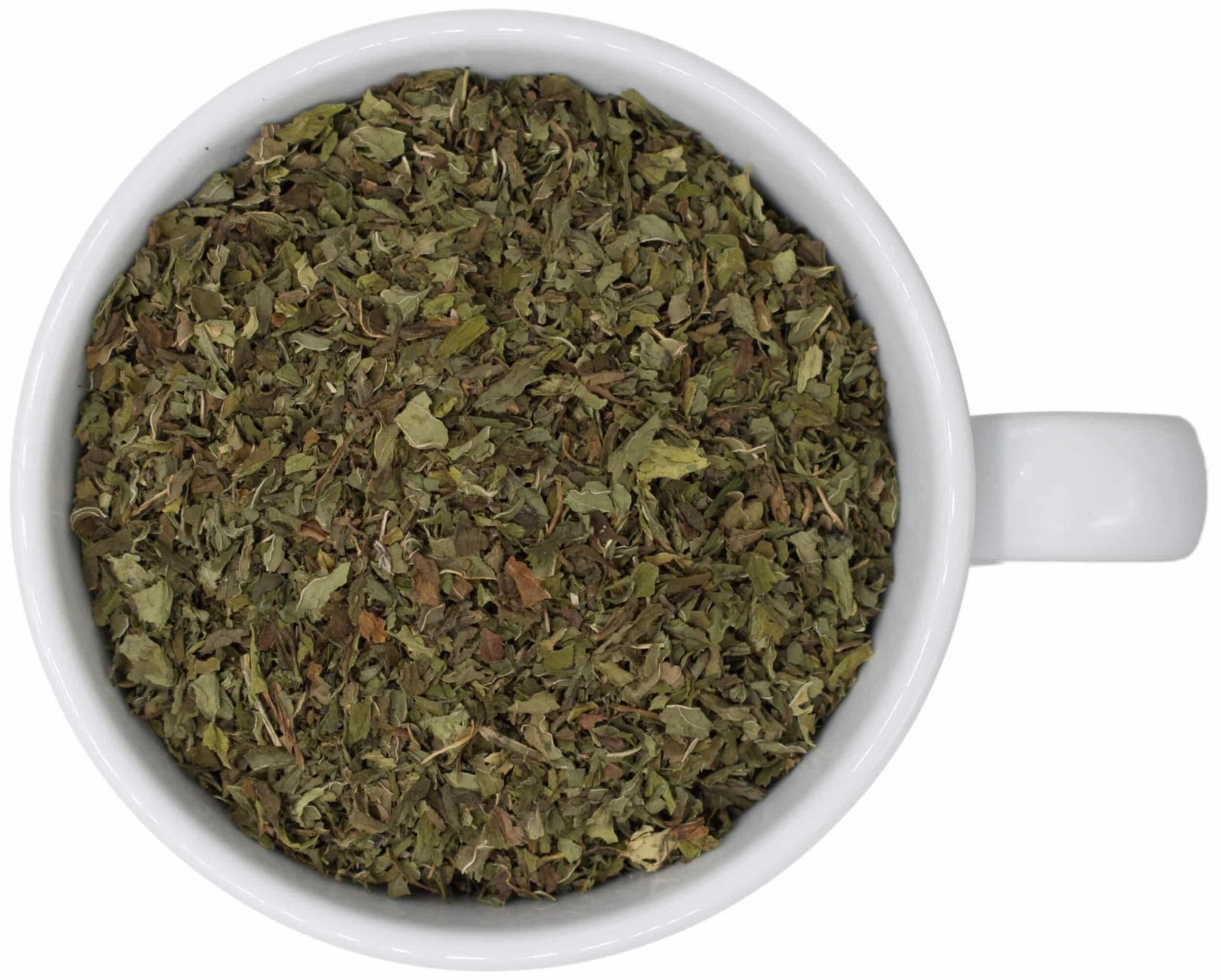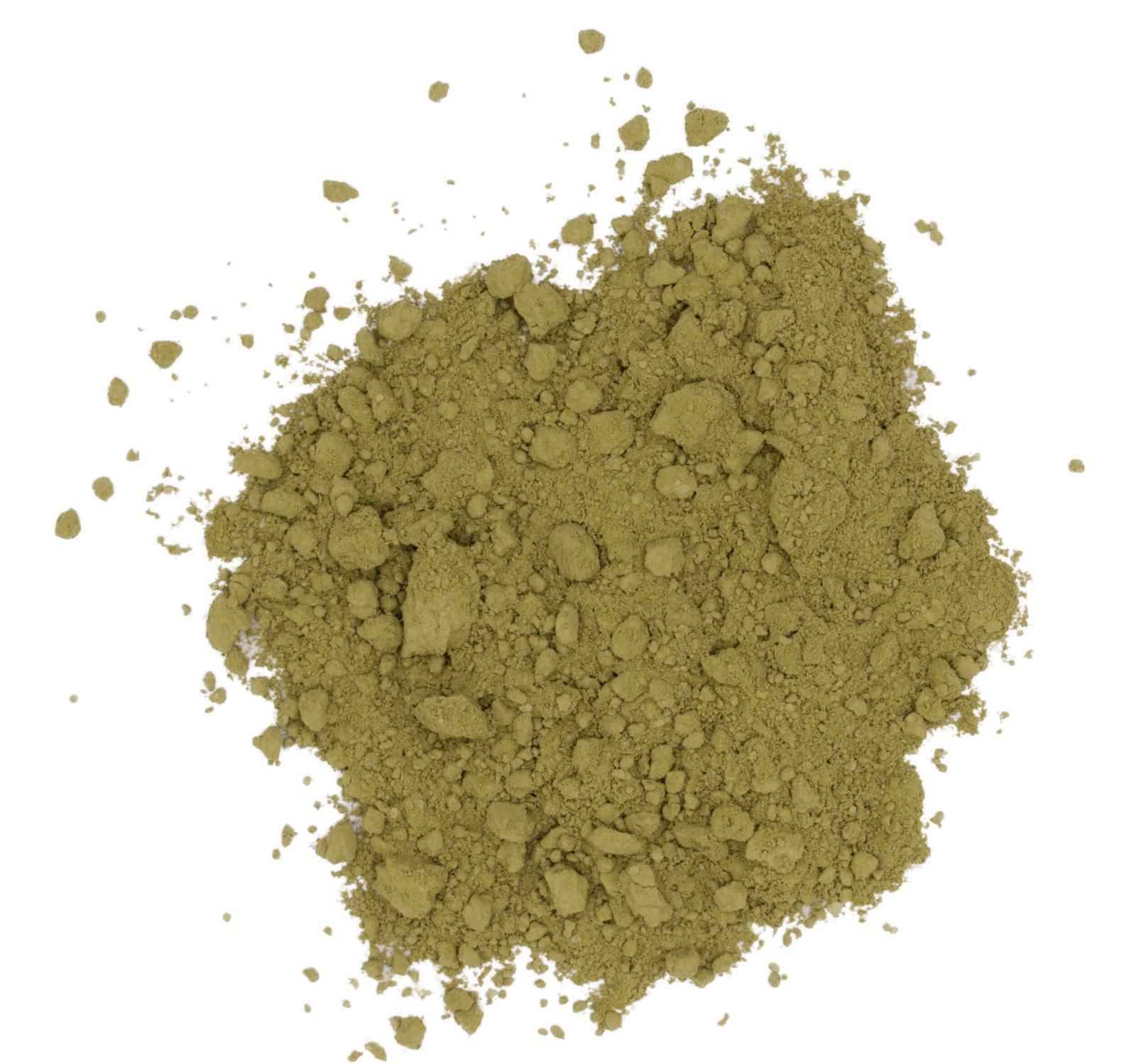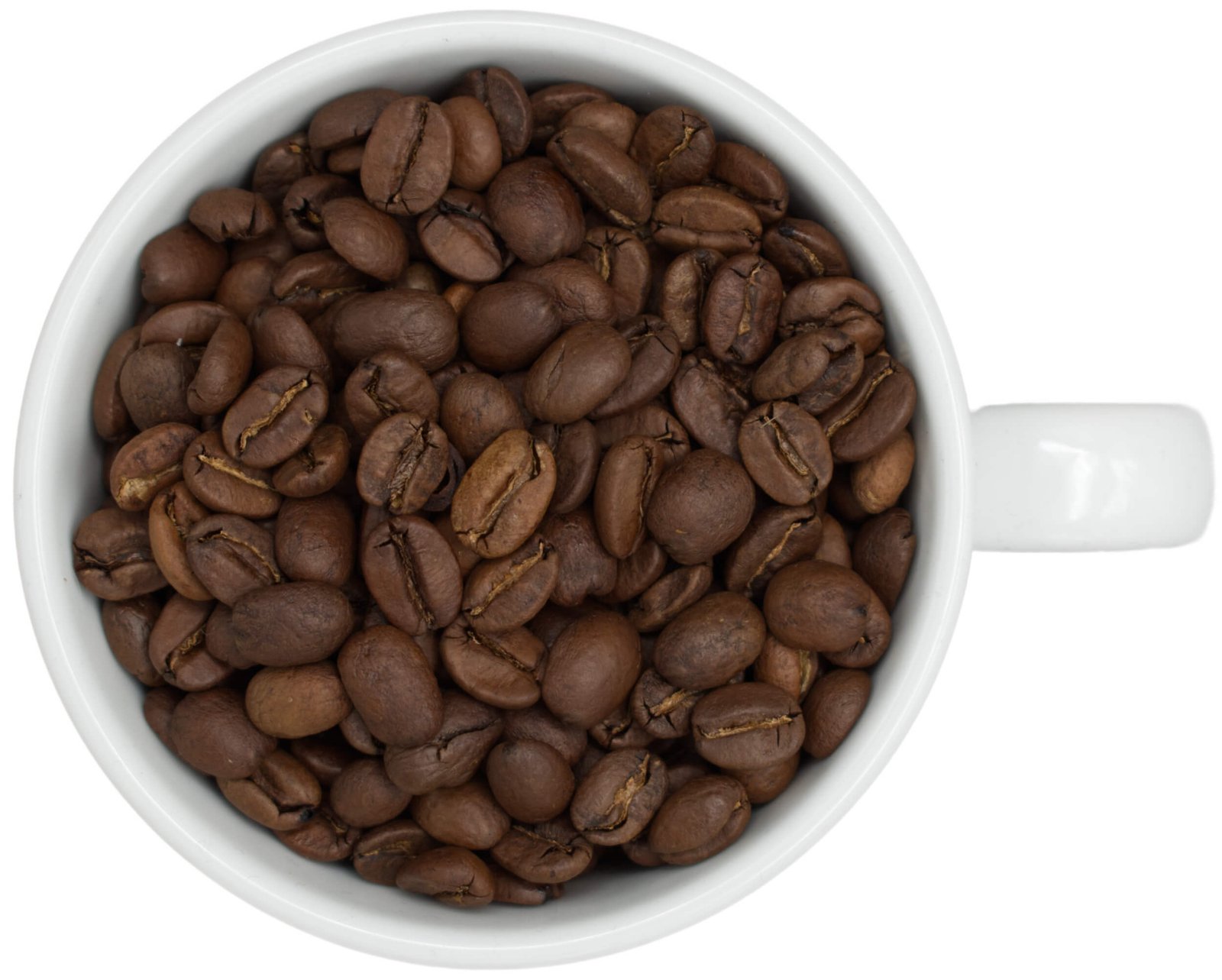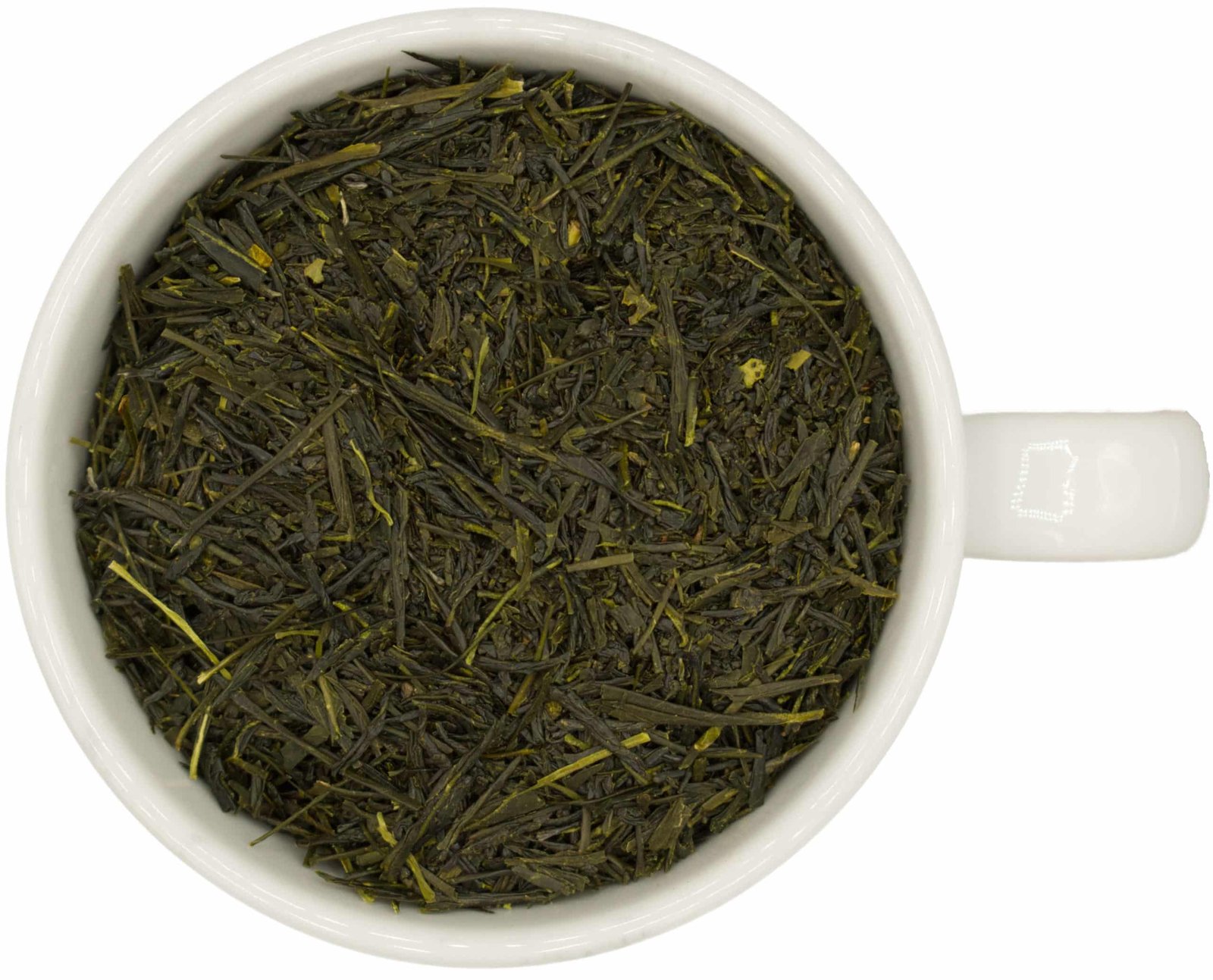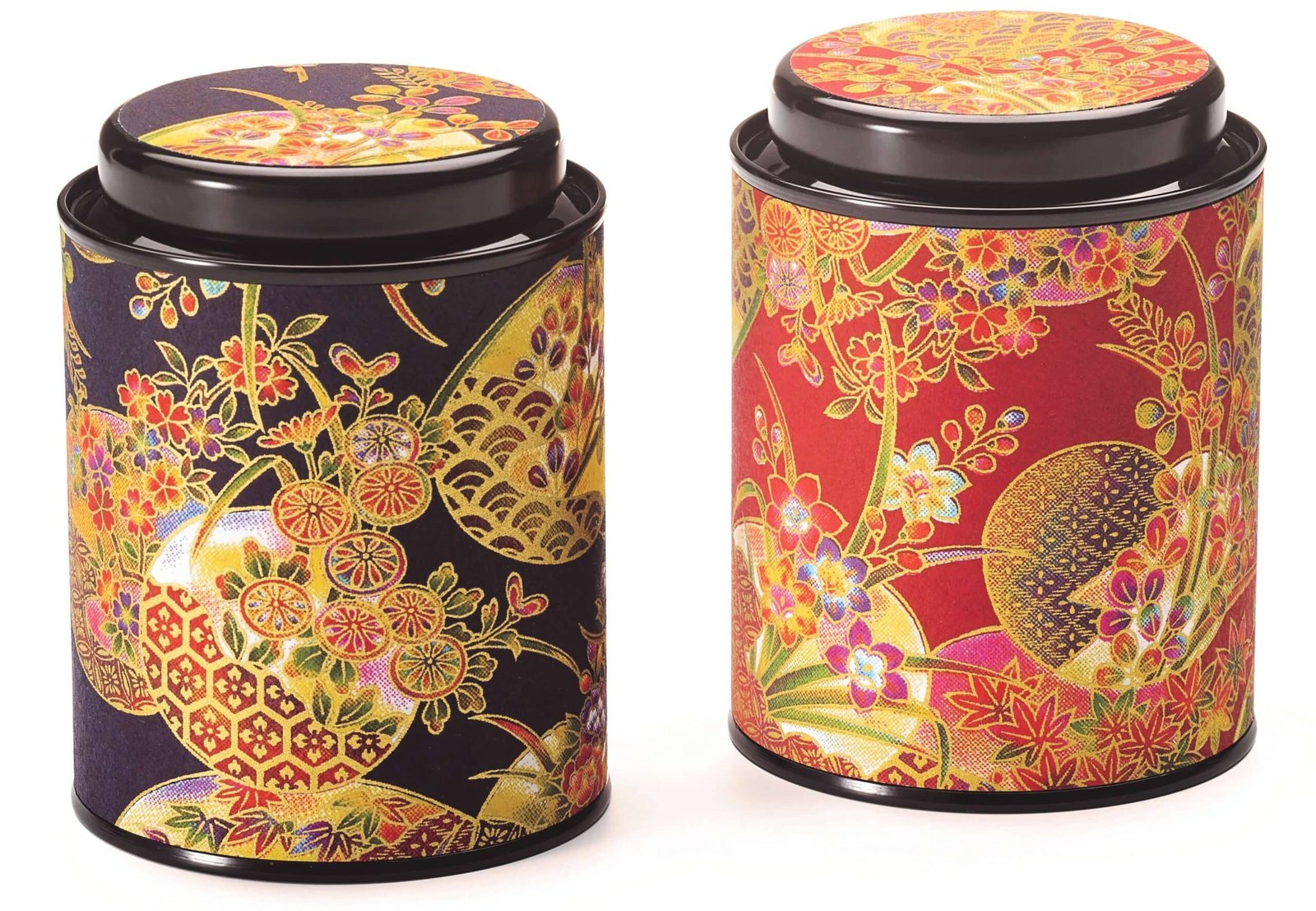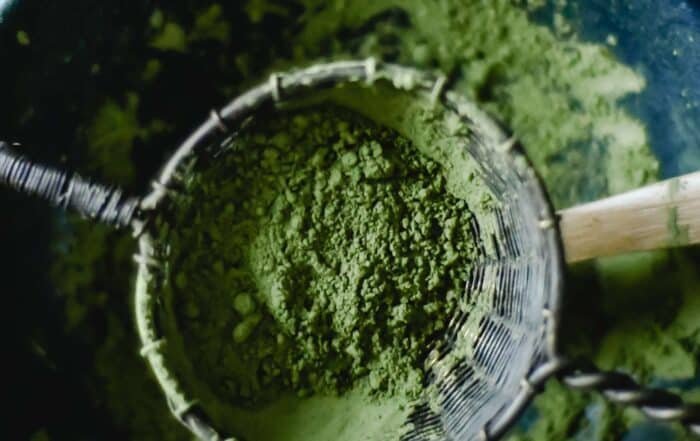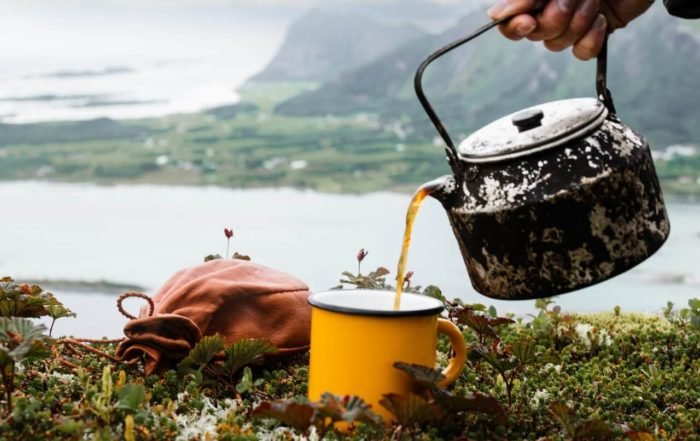What is tea?
What sounds like a silly question is quite justified: Not everything that we colloquially call “tea” is actually tea. First of all, we distinguish between so-called orthodox and non-orthodox teas. Orthodox teas come exclusively from one of the original tea plants, the Thea Sinensis or the Thea Assamica. Meanwhile, there are various crosses (so-called hybrids) from the two plants.
Thea Assamica, if the plant is not cut back, grows up to 20 meters high. It was discovered in the north Indian jungle near Assam and loves hot-humid climate. Today, the plant is no longer grown only in Assam. Thea Assamica does not tolerate frost very well.
Thea Sinensis, on the other hand, is a shrub and grows no more than 4 meters in height. Frost is not a problem for this plant in moderation. Thea Sinensis was first cultivated in Darjeeling.
When crossing both species, one tries to emphasize the respective advantages. Therefore, a high proportion of Thea Assamica is popular, as it grows particularly quickly.
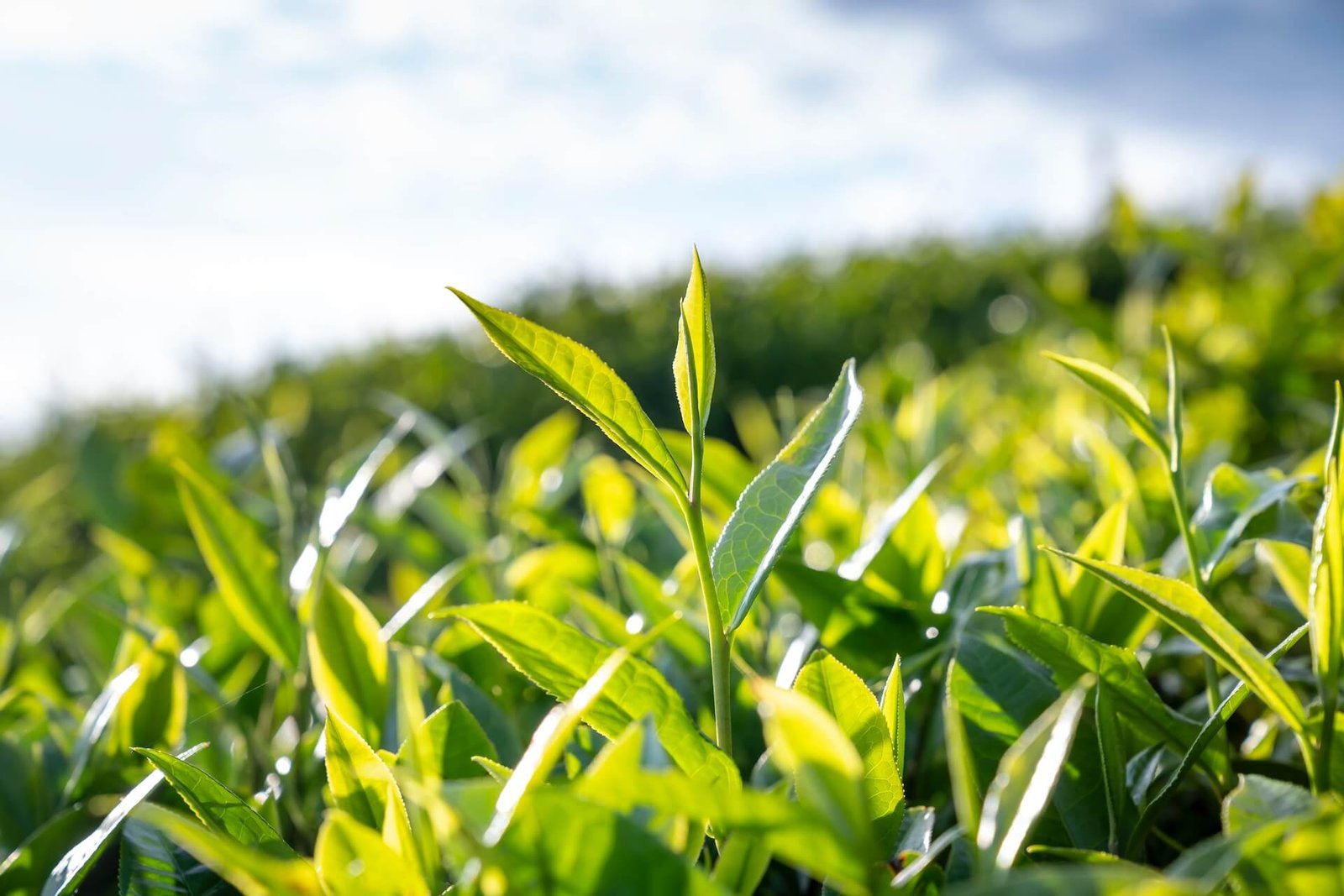
Now there are still “non-orthodox” varieties. These are all those teas that did not originate from the original plants or crosses thereof. This includes, for example, Rooibos, Honeybush, Mate, herbs of any kind and, of course, fruit teas.
Similar to wine, the taste of tea depends on many factors. Even if Thea Sinensis and Thea Assamica and hybrids form the basis – it is mainly the cultivation, harvesting and subsequent processing that determine the result.
Black, green, yellow, white tea, Pu Erh – They are all leaves from the tea plants. The processing, cultivation and origin determine which tea it becomes. You will learn more about this in the next newsletter.
Where is tea grown?
Tea is grown in tropical and subtropical areas, both in lowland and mountainous regions. Typical growing countries include China, India, Japan, Taiwan, Nepal, but also, for example, the continent of Africa. The graph below shows the tea production of the top 5 in 2020.
These countries are the largest tea producers (in tons)
Assam
Assam is located in northern India and is the largest contiguous tea-growing region in the world. Depending on the harvest period, the tea is floral-fresh to malty.
Sie sehen gerade einen Platzhalterinhalt von Standard. Um auf den eigentlichen Inhalt zuzugreifen, klicken Sie auf den Button unten. Bitte beachten Sie, dass dabei Daten an Drittanbieter weitergegeben werden.
Weitere InformationenGrößere Karte anzeigen
Sie sehen gerade einen Platzhalterinhalt von Standard. Um auf den eigentlichen Inhalt zuzugreifen, klicken Sie auf den Button unten. Bitte beachten Sie, dass dabei Daten an Drittanbieter weitergegeben werden.
Weitere InformationenGrößere Karte anzeigen
Darjeeling
From Darjeeling come the so-called flying teas. Darjeeling is also located in the north of India. The first harvest of the year is exported directly by plane from Darjeeling. These teas are hotly sought after, because the first plucking of the year is characterized by special flavors. Both growing regions are known for black teas.
Sri Lanka
The island nation of Sri Lanka, still called Ceylon in the tea world, is known for particularly metallic-malty tasting teas. The teas have an astringent effect, so the mouth contracts. Here, the teas are not differentiated by harvest period, but by cultivation height.
Sie sehen gerade einen Platzhalterinhalt von Standard. Um auf den eigentlichen Inhalt zuzugreifen, klicken Sie auf den Button unten. Bitte beachten Sie, dass dabei Daten an Drittanbieter weitergegeben werden.
Weitere InformationenGrößere Karte anzeigen
China
China, as the motherland of tea, has produced many specialties. Among them, for example, the Pu Erh from the Yunnan region. This is also called “red tea” in China. Pu Erh is fermented black tea. This tea was buried in the ground at that time. The result is a typical earthy taste. The production has been adapted to today’s standards – so the tea is no longer dug in, but sprayed with water and fermented in a controlled manner. There, water and microorganisms react with the moist tea leaf.
Other growing areas in Japan are Fujian, Anhui or Zheijang.
Japan
Japan is famous for green teas. Among them the Sencha (steamed tea), Matcha (powder finely ground in stone mills) or Gyokuros. Gyokuros (also called shade teas), are shaded before harvesting. This provides intense green color, and sweet grassy aroma. The elephant share of total production in Japan is needed for the domestic market. Only small quantities are exported.
Nepal
Nepal is still relatively new to the international tea market, but has quickly gained a good reputation. Nepal produces black, semi-fermented but also green and black teas alike. Very successful is our black tea Jun Chiyabari.
Taiwan
Taiwan is still called Formosa in the tea world. The mountainous island produces semi-fermented and black teas in great qualities.
Africa
Africa is especially known for CTC teas. CTC is a method of production of tea, in which particularly intense flavor is achieved. You can find out more about this in the following articles.
Leave a comment
We think you might like this
Pssst… We’ll write more here!
Making tea: how to make Matcha
At True Tea you will find everything for your Matcha. Want to learn how to ...
What is the CTC tea production?
CTC is a newer production process for black teas. Compared to the traditional method ...
Basic knowledge of tea: How do I prepare tea correctly?
How to properly prepare tea If you do a little research on the topic ...
7 Good reasons for True Tea



